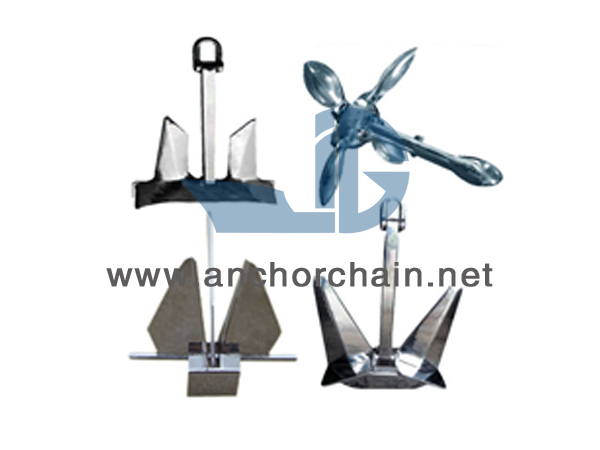In deepwater operation fields such as Marine resource development, offshore wind power construction, and deep-sea oil exploration, anchorages are core equipment for ensuring the safety and stability of projects. However, the deep-water environment is complex and changeable. Problems such as large water flow impact force, significant differences in seabed geological conditions, and limited operation field of vision occur frequently, which pose extremely high requirements for the bearing capacity and positioning accuracy of anchorages. How to ensure that the anchor has the "thousand-pound force" while achieving precise positioning has become a technical bottleneck that the industry urgently needs to break through. With years of technological accumulation and innovative research and development, LIG has provided a breakthrough solution to this difficult problem.
In deepwater operations, anchorages need to withstand extreme tensile forces and dynamic impacts. Take offshore wind power platforms as an example. When a single wind turbine is operating at full capacity, the anchor needs to withstand a tensile force of more than 5,000 tons, and at the same time, it has to resist the instantaneous impact brought by adverse sea conditions such as typhoons and waves. LIG anchors are made of high-strength special alloy steel. By optimizing the heat treatment process, the yield strength of the material has been increased by more than 30%, and the tensile strength has reached the leading level in the industry.

Precise positioning is another major challenge for deep-water anchorages. In deep-water operations, traditional anchors often suffer from positioning deviations due to water flow interference, uneven geology or operational errors, which affects the overall accuracy of the project. The LIG anchor innovatively introduces a dual system of "intelligent guidance + adaptive adjustment". During the lowering process, the anchor is equipped with high-precision sonar and inertial navigation modules to monitor position, attitude and seabed topography data in real time, and synchronously transmit the information to the surface control platform. The operator can dynamically adjust the trajectory of the anchor lowering based on the data to ensure that it accurately reaches the predetermined coordinates. The anchor claw part is equipped with pressure sensors and hydraulic adjustment devices, which can automatically adjust the grip Angle and force according to the hardness of the seabed geology, further eliminating positioning deviations.
In a certain deep-sea oil drilling platform project, LIG anchorages have withstood the test of actual combat. The water depth of this sea area exceeds 1,500 meters. The seabed geology is complex, with a large number of faults and alternating layers of hard and soft. Traditional anchors have slipped many times during operations, resulting in excessive platform offset. After the LIG anchor was put into use, with its intelligent guidance system and adaptive anchor claws, it successfully controlled the platform positioning error within 0.5 meters, which is far lower than the industry standard requirement of 2 meters. During the subsequent typhoon season, the anchor withstood a 17-level wind force impact lasting for 48 hours. The platform remained stable throughout, providing a solid guarantee for the smooth progress of the project.
LIG is well aware that the demand for anchorages in deepwater operations is endless. As Marine engineering expands into deeper waters, anchorages also need to have stronger corrosion resistance, longer service life and more intelligent monitoring capabilities. To this end, LIG has continuously increased its investment in research and development, collaborating with multiple universities and research institutions to develop new composite material coatings, which have extended the corrosion resistance life of anchors to over 30 years. Meanwhile, a remote monitoring system based on the Internet of Things is being developed, which can provide real-time feedback on the status of anchorages and issue early warnings of potential risks.
Facing the complex challenges of deep-water operations, LIG anchors have set a new benchmark in the field of Marine engineering with their dual breakthroughs of "tremendous force" and "precise positioning". In the future, LIG will continue to drive product upgrades through technological innovation, providing more reliable and intelligent anchoring solutions for the development of global deep-sea resources.
If you want to know more details or cooperate, you can contact us.